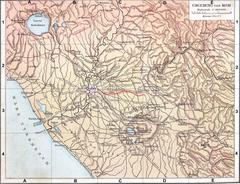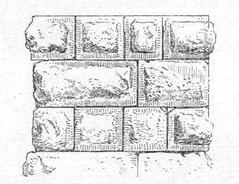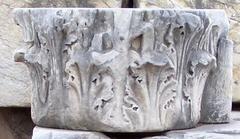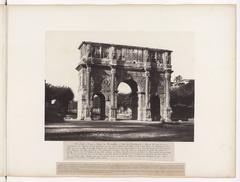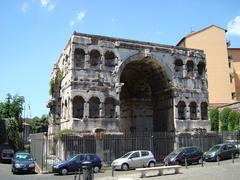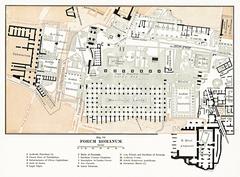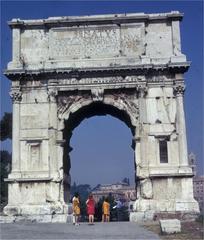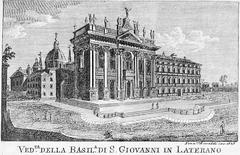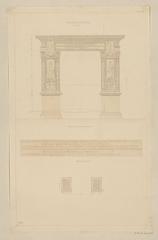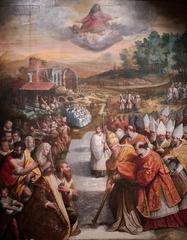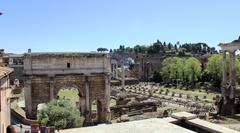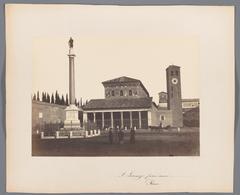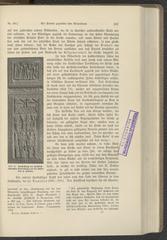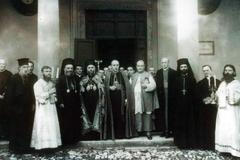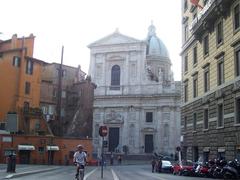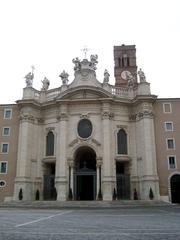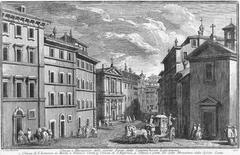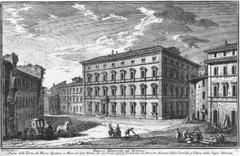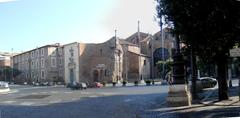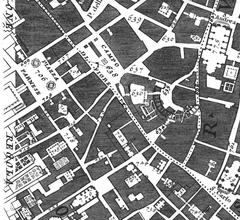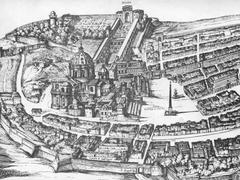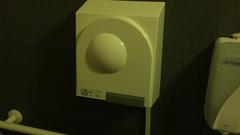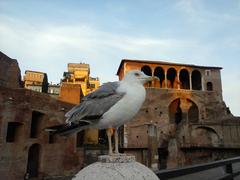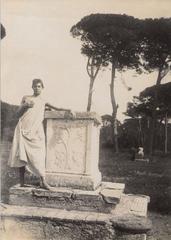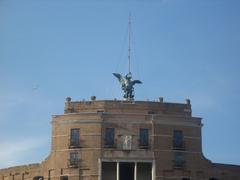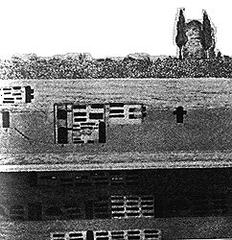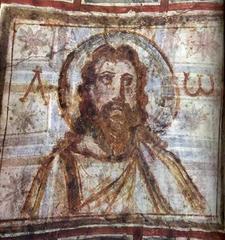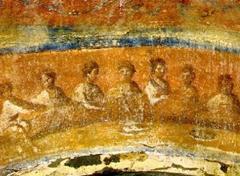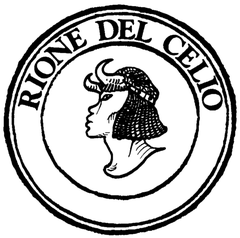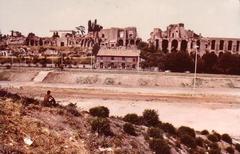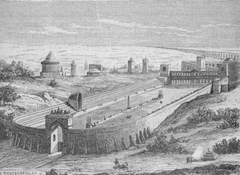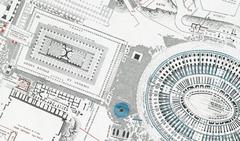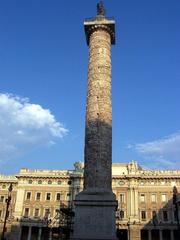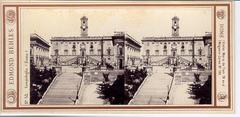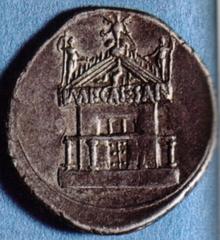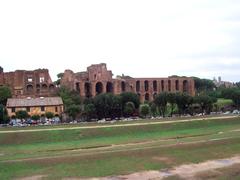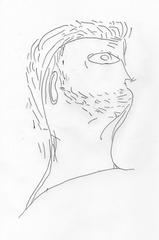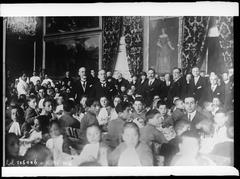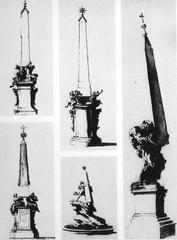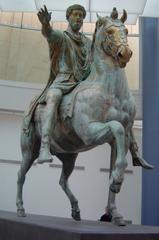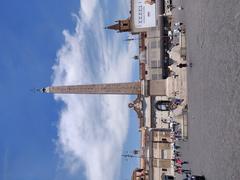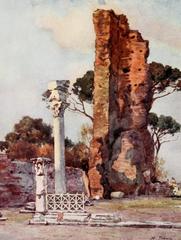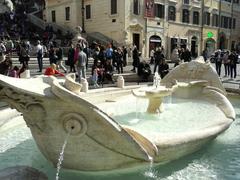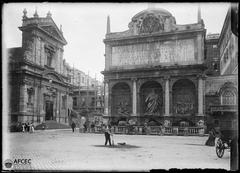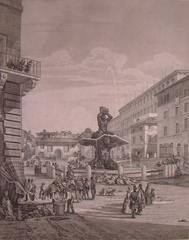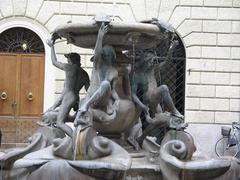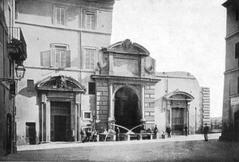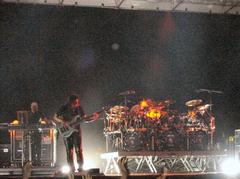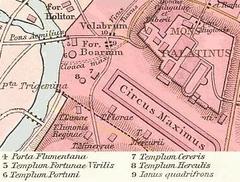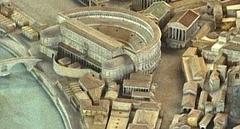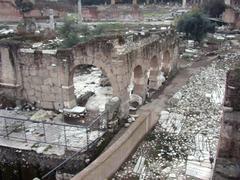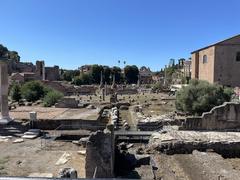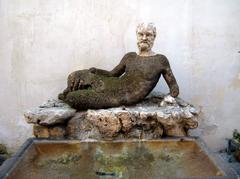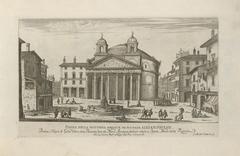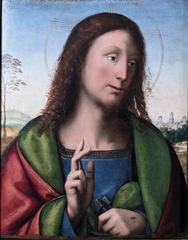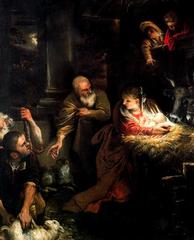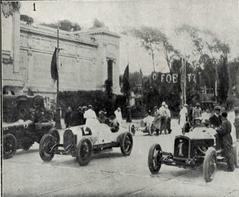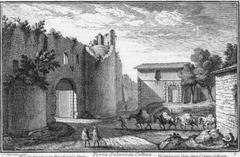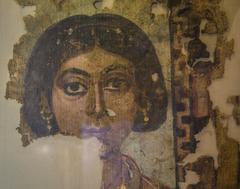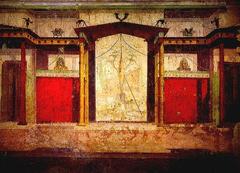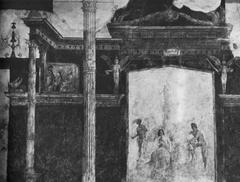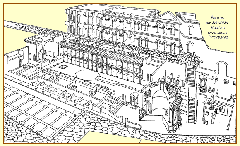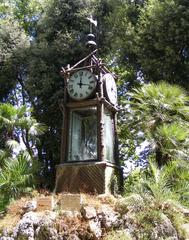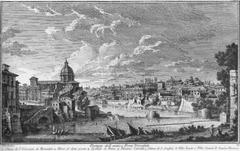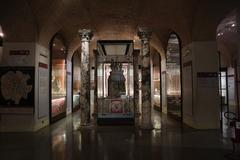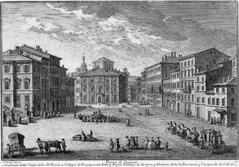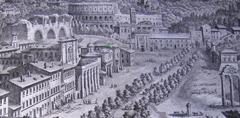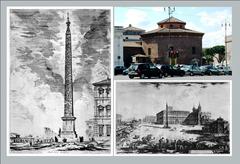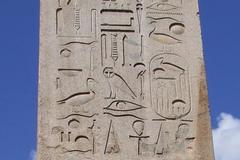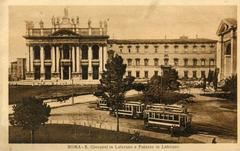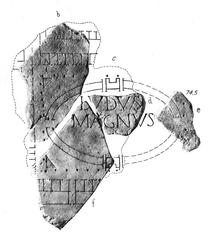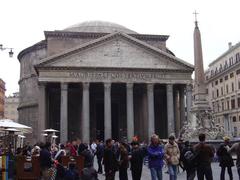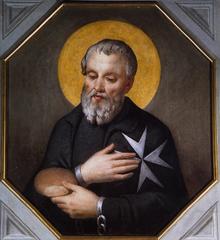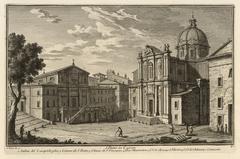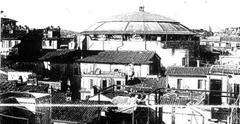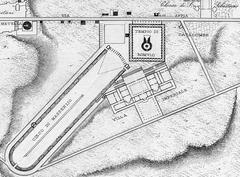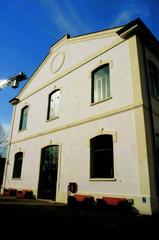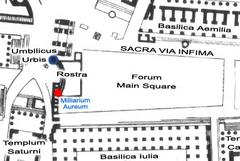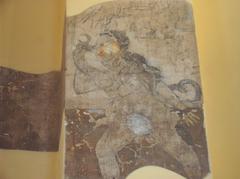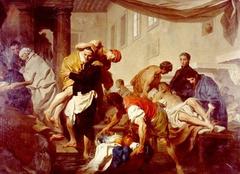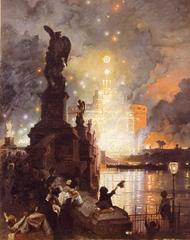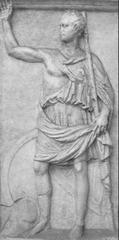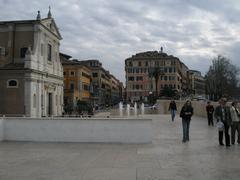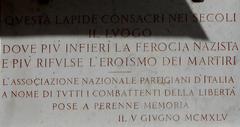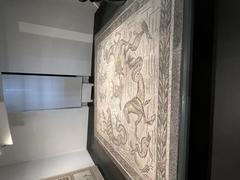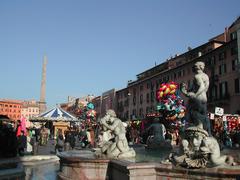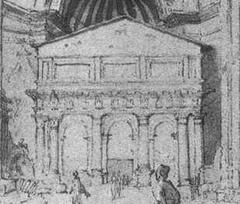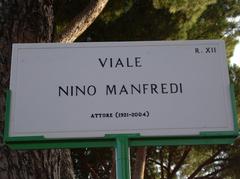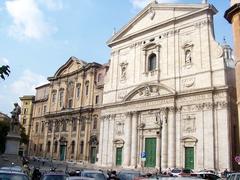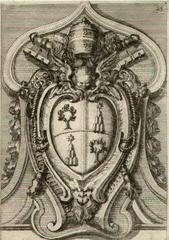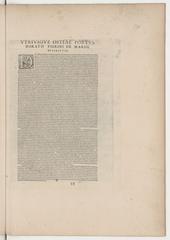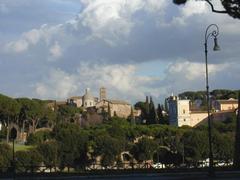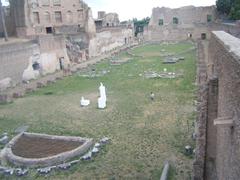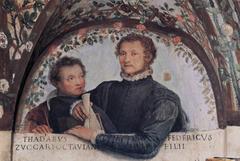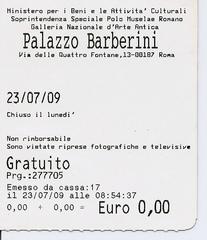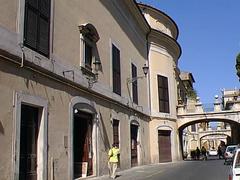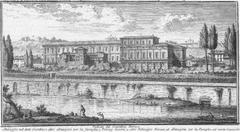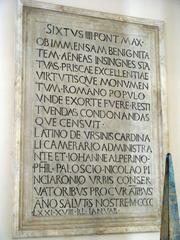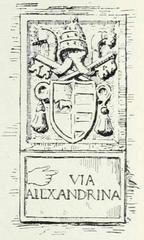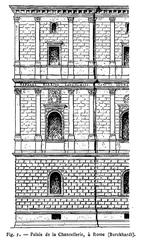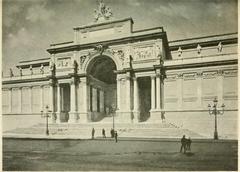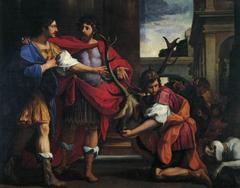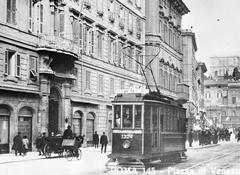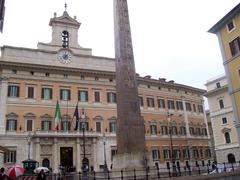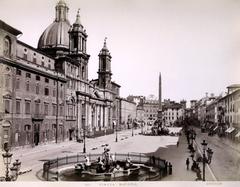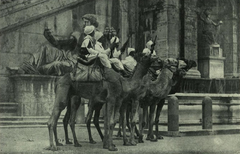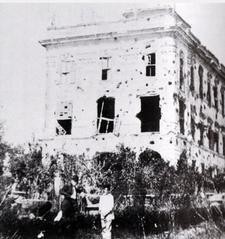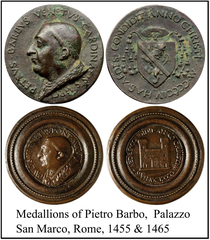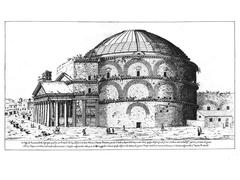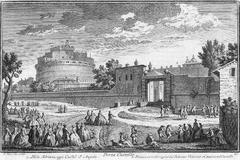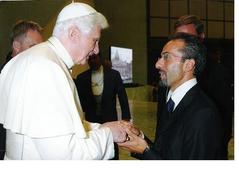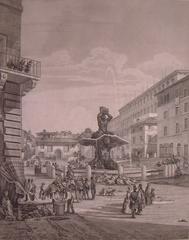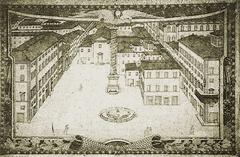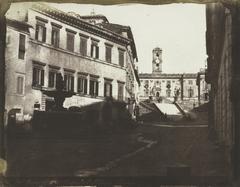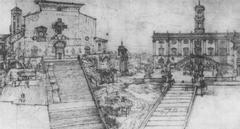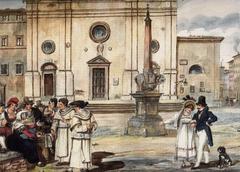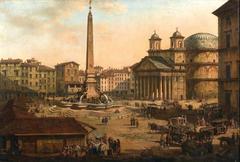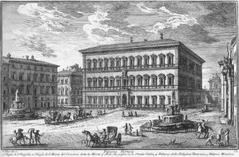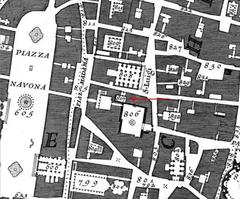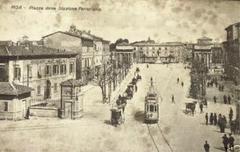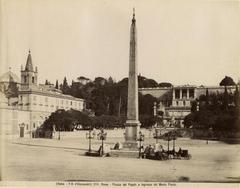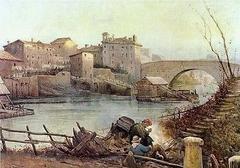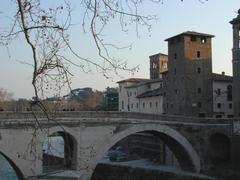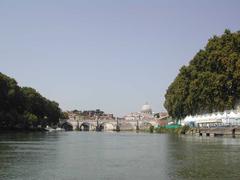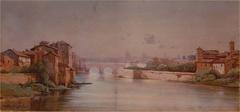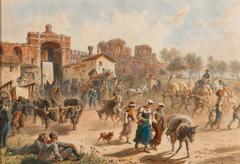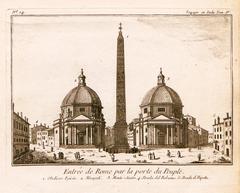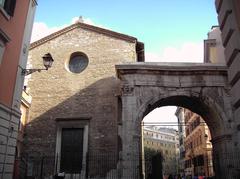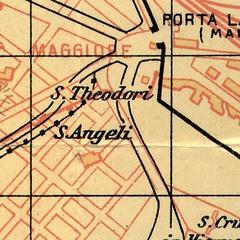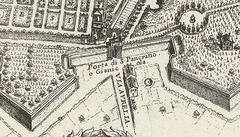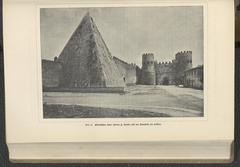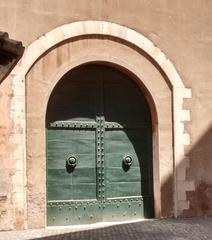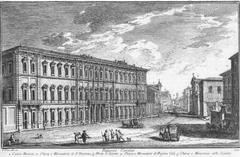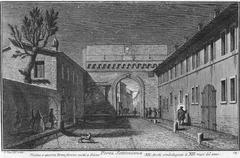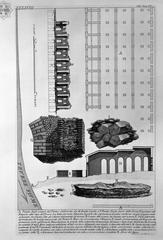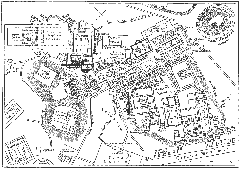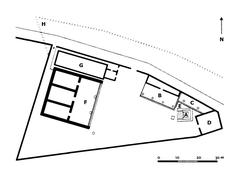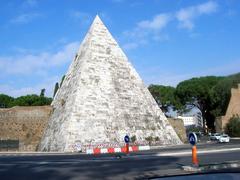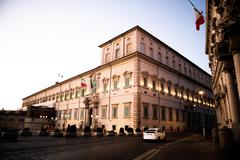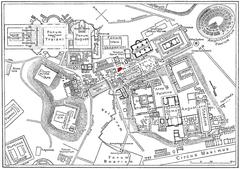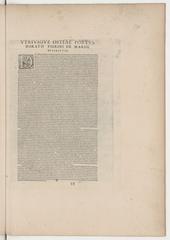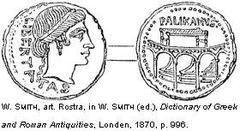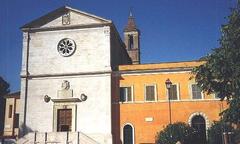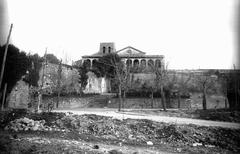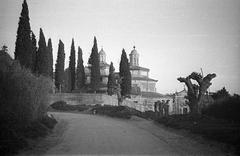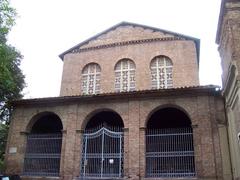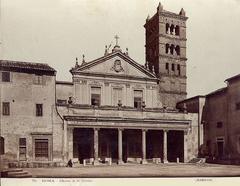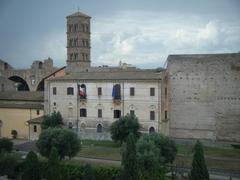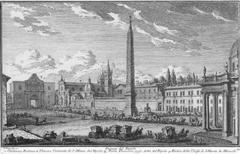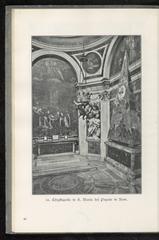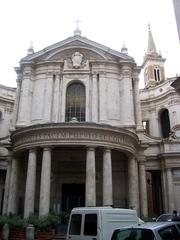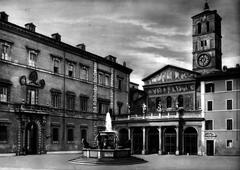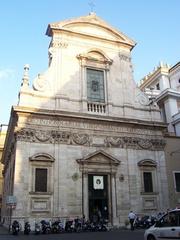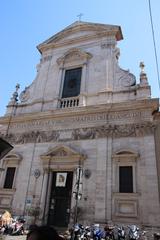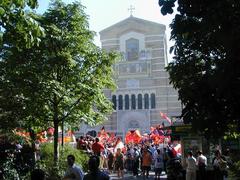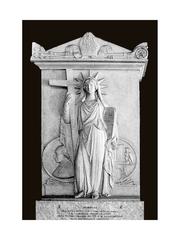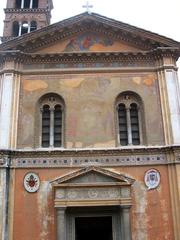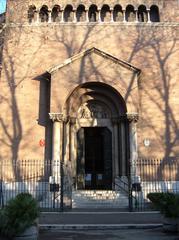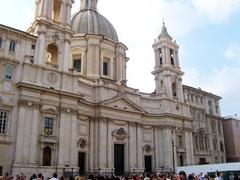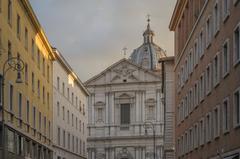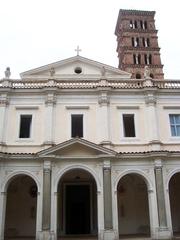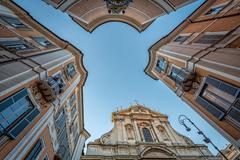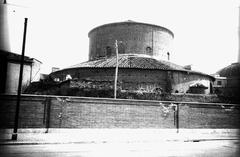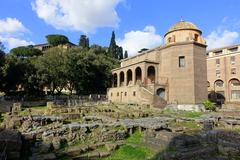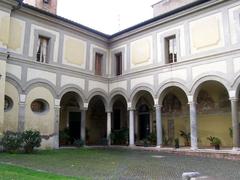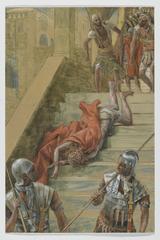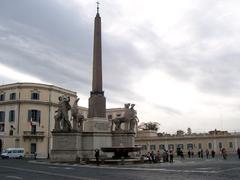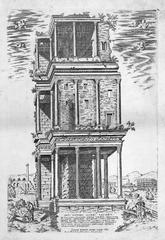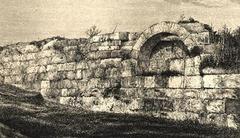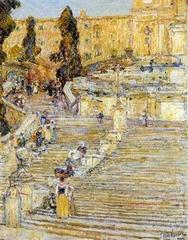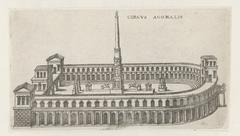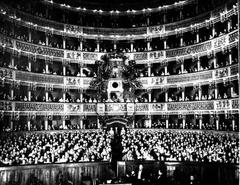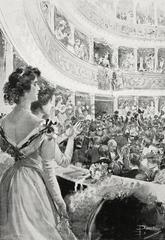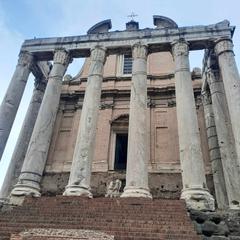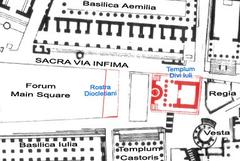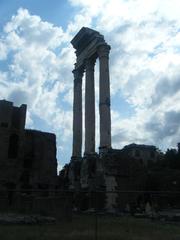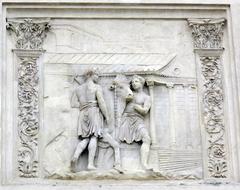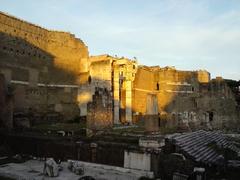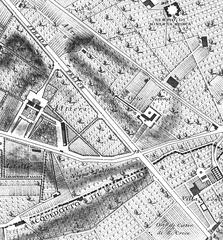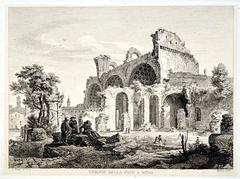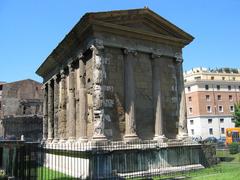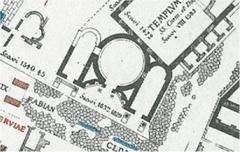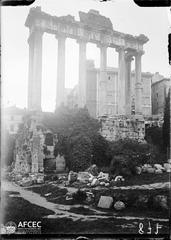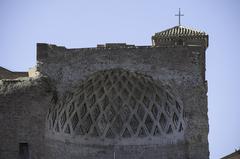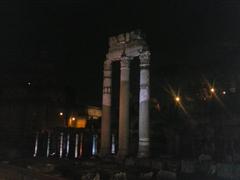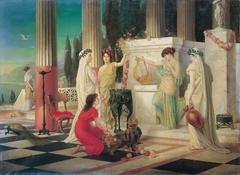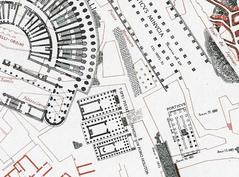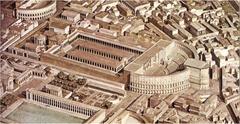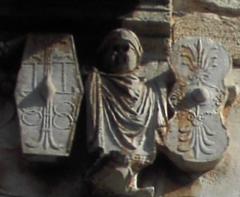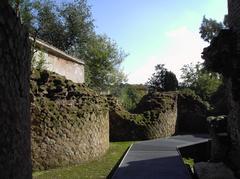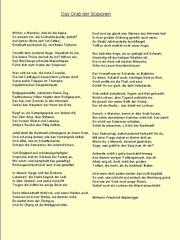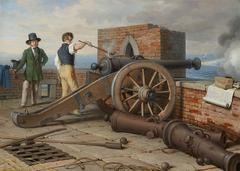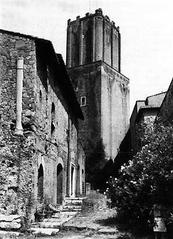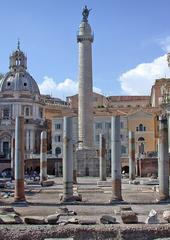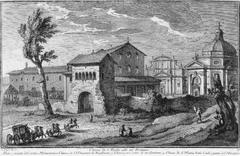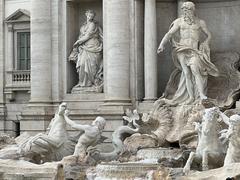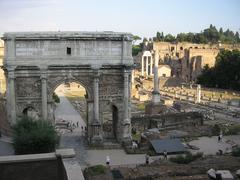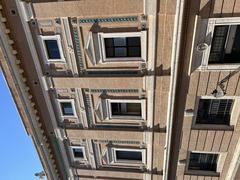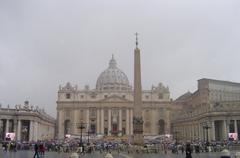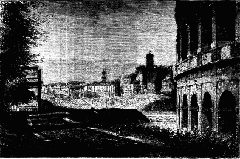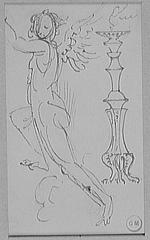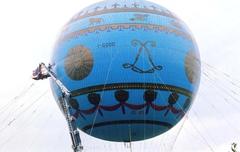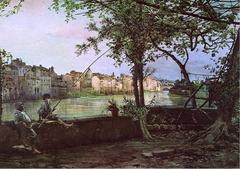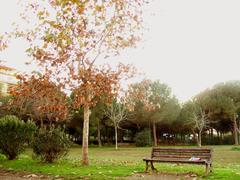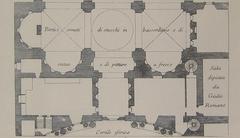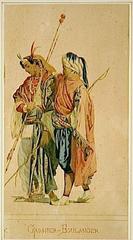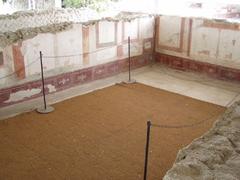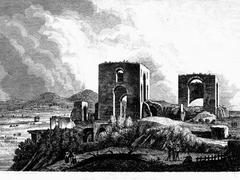
Visiting Hours, Tickets, and Historical Insights on I Gatti della Porta Magica in Rome
Date: 25/07/2024
Introduction to I Gatti della Porta Magica
Nestled in the heart of Rome, the Porta Magica, or Magic Portal, is a mesmerizing relic from the 17th century that combines alchemical mystery with local charm. Located in Piazza Vittorio Emanuele II, this fascinating site is steeped in history and has become a beloved spot for both tourists and locals. The Porta Magica, also known as the Alchemical Door, was originally part of the Villa Palombara, the residence of Marquis Massimiliano Palombara, a nobleman deeply interested in alchemy and esotericism. The construction of the Porta Magica is shrouded in legend, with tales of alchemists leaving behind cryptic inscriptions and symbols believed to hold the secret to turning base metals into gold (Italy Notes).
Adding to the allure of this historical site is the feral cat colony known as ‘I Gatti della Porta Magica’ (The Cats of the Magic Portal). This colony, consisting of around 30 cats, resides in the square garden of Piazza Vittorio Emanuele II, which also houses Roman archaeological ruins and the Magic Portal (IJURR). The cats are protected under Italian law, which prohibits their mistreatment and removal from their habitat, making them an integral part of the local community and a unique attraction for visitors.
Table of Contents
- [Introduction](#introductionintroduction-to-i-gatti-della-porta-magica)
- [History and Significance of I Gatti della Porta Magica](#history-and-significance-of-i-gatti-della-porta-magicahistory-and-significance-of-i-gatti-della-porta-magica)
- [Origins of the Porta Magica](#origins-of-the-porta-magicaorigins-of-the-porta-magica)
- [Architectural and Symbolic Elements](#architectural-and-symbolic-elementsarchitectural-and-symbolic-elements)
- [The Cats of the Magic Portal](#the-cats-of-the-magic-portalthe-cats-of-the-magic-portal)
- [Cultural and Touristic Significance](#cultural-and-touristic-significancecultural-and-touristic-significance)
- [Visitor Information](#visitor-informationvisitor-information)
- [Visiting Hours](#visiting-hoursvisiting-hours)
- [Tickets](#ticketstickets)
- [Nearby Attractions](#nearby-attractionsnearby-attractions)
- [Travel Tips](#travel-tipstravel-tips)
- [Preservation and Accessibility](#preservation-and-accessibilitypreservation-and-accessibility)
- [FAQ](#faqfaq)
- [Conclusion](#conclusionconclusion)
- [References](#referencesreferences)
History and Significance of I Gatti della Porta Magica
Origins of the Porta Magica
The Porta Magica, also known as the Alchemical Door or Magic Portal, is a fascinating relic from the 17th century located in Piazza Vittorio Emanuele II in Rome. This enigmatic monument was originally part of the Villa Palombara, the residence of Marquis Massimiliano Palombara, a nobleman deeply interested in alchemy and esotericism. The door is the only surviving one out of five that once adorned the villa (Explanders).
The construction of the Porta Magica is shrouded in mystery and legend. According to one popular tale, the door was built around 1680 after an alchemist named Giuseppe Francesco Borri, disguised as a pilgrim, stayed at the villa. Borri allegedly left behind cryptic inscriptions and symbols on the door, which were believed to hold the secret to turning base metals into gold (Italy Notes).
Architectural and Symbolic Elements
The Porta Magica is adorned with a variety of esoteric symbols and inscriptions in Latin and Hebrew. These include alchemical symbols, a hexagram (Star of David), and various sigils. The door is flanked by statues of the Egyptian deity Bes, which were added later in 1888 (Italy Notes). The presence of these symbols and statues adds to the door’s aura of mystery and its association with alchemical practices.
The inscriptions on the door are believed to be alchemical formulas and philosophical musings. One of the most famous inscriptions reads, “Si sedes non is,” which can be read as “If you sit, you do not go” or “If you do not sit, you go,” depending on the direction in which it is read. This duality reflects the alchemical belief in the transformation and balance of opposites (Explanders).
The Cats of the Magic Portal
The Porta Magica is not only significant for its historical and alchemical associations but also for its role in the local community as the home of a protected feral cat colony known as “I Gatti della Porta Magica” (The Cats of the Magic Portal). This colony, consisting of around 30 cats, resides in the square garden of Piazza Vittorio Emanuele II, which also houses Roman archaeological ruins and the Magic Portal (IJURR).
The cats are sterilized, and their population fluctuates due to occasional abandonment. They are protected under Italian law, which prohibits their mistreatment and removal from their habitat. Citizens are allowed to feed and care for the cats, provided they adhere to hygiene regulations (Roma a Piedi).
Cultural and Touristic Significance
The Porta Magica and its feline inhabitants have become an integral part of Rome’s cultural and touristic landscape. The cats, often seen lounging around the ruins and the Magic Portal, add a unique charm to the site, attracting both locals and tourists. The colony is a testament to Rome’s long history of coexisting with feral cats, which have been present in the city since ancient times (IJURR).
The Porta Magica itself is a popular attraction for those interested in history, alchemy, and the occult. Despite being fenced off to prevent vandalism, visitors can still view the door and its inscriptions from a distance. The site offers a glimpse into the lesser-known aspects of Rome’s rich historical tapestry and provides an intriguing stop for those exploring the city’s hidden gems (Wanted in Rome).
Visitor Information
Visiting Hours
The Porta Magica can be viewed at any time, as it is located in a public square. However, the best time to visit is during daylight hours to fully appreciate the inscriptions and symbols.
Tickets
There is no admission fee to view the Porta Magica, making it an accessible attraction for all visitors.
Nearby Attractions
Piazza Vittorio Emanuele II is home to several other attractions, including the Roman archaeological ruins and the gardens. The Colosseum and Roman Forum are also within walking distance, offering a full day of exploration.
Travel Tips
- Best Time to Visit: Early mornings or late afternoons are ideal to avoid the midday heat and crowds.
- Accessibility: The site is partially accessible to disabled visitors.
- Photography: Bring a smartphone or camera with a good zoom feature to capture the intricate details of the Porta Magica from a distance.
- Safety: Keep an eye on your belongings, especially in crowded areas, to avoid pickpocketing.
Preservation and Accessibility
Efforts have been made to preserve the Porta Magica and its surrounding area. The door is protected by a fence to prevent further vandalism, and the statues of Bes have been carefully maintained. The site is accessible to the public, and visitors can use their smartphones to zoom in on the inscriptions and symbols, adding an interactive element to the experience (Italy Notes).
The presence of the cat colony also highlights the importance of animal welfare in Rome. The cats are well-cared for by volunteers and local residents, ensuring that they remain a beloved part of the community. The colony’s status as a protected group underscores the city’s commitment to preserving its unique bio-cultural heritage (IJURR).
FAQ
- What are the visiting hours for Porta Magica? The Porta Magica can be viewed at any time, with daylight hours being the best for viewing the details.
- Are there guided tours available? While there are no official guided tours specifically for the Porta Magica, many walking tours of Rome include this site as part of their itinerary.
- Is there an admission fee? No, there is no admission fee to view the Porta Magica.
- Can I feed the cats at Porta Magica? Yes, but you must adhere to hygiene regulations and ensure that the cats are not mistreated.
Conclusion
The Porta Magica and the Cats of the Magic Portal offer a captivating blend of history, mystery, and community spirit. This site serves as a reminder of Rome’s rich and multifaceted heritage, where ancient ruins, alchemical legends, and modern-day animal welfare coexist harmoniously. For visitors seeking to explore beyond the usual tourist attractions, the Porta Magica provides a unique and memorable experience, steeped in history and local culture. The presence of the cat colony also highlights the importance of animal welfare in Rome, ensuring that the cats remain a beloved part of the community. Efforts to preserve the Porta Magica and its surrounding area, as well as the care provided to the cats, underscore the city’s commitment to maintaining its unique bio-cultural heritage (Roma a Piedi).


